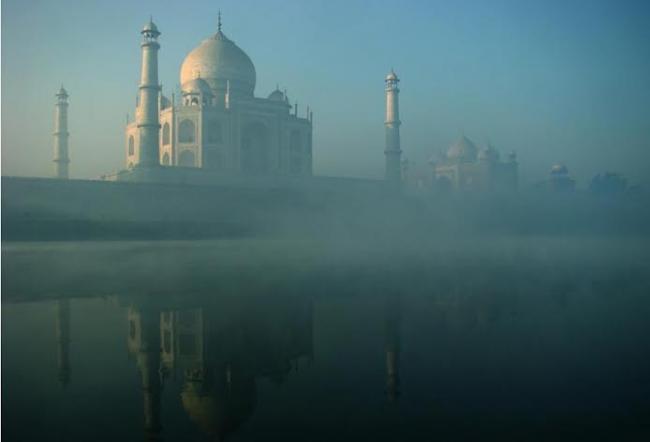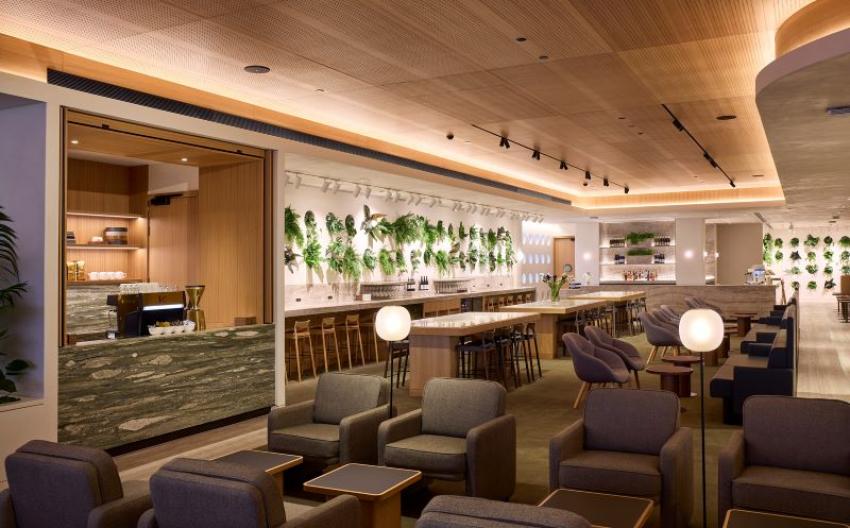07 May 2015, 12:22 pm

Even as measures – one after the other – are taken to stop the Taj Mahal from turning yellow, a recent analysis by Down To Earth (DTE), the science and environment fortnightly, says that the exact causes for the monument’s discoloration have not been established yet. “We will not be able to fix the problem unless we know the underlying cause,” says Down To Earth editor and Centre for Science and Environment (CSE) director general Sunita Narain. CSE helps publish Down To Earth.
Recently, in a knee-jerk reaction, the Agra administration has started mulling removal of all the makers of petha, the local sweet made from ash gourd – holding them responsible for the state of the Taj. The petha makers have been asked to either switch from using coal to LPG or shut shop; the move has left many people jobless.
Similar decisions in the past, when the administration has shut down industries without planning alternative means of livelihood, have led to a sharp increase in unemployment rates in the city. The question therefore, asks Narain, is whether this way is the right way.
What do studies say?
Recent studies have once again suggested that the scourge of pollution continues to adversely affect the white marble of the Taj. This time, it is not sulphur dioxide (which was suspected in the 1980s of turning the gleaming façade yellow). The villain today is black and organic carbon particles that are emitted from vehicles and other polluting units.
In 1996, the Supreme Court had observed that a “yellow pallor pervades the entire monument. In places the yellow hue is magnified by ugly brown and black spots and according to the petitioner the Taj is on its way to degradation due to atmospheric pollution.” This observation came despite studies which attributed the discoloration to reasons as diverse as microscopic algae, deposition of dirt, and application of resin used to preserve the monument – anything but pollution!
The 1996 Court order led to a range of measures to control pollution. But the continued discoloration has meant that either the Court’s orders remain unimplemented, or that “there is something new and different that needs to be addressed”.
So why is the Taj still under threat
The DTE analysis questions why should the Taj still be under threat. “In Agra and Mathura, vehicular traffic has increased manifold. The cities have not invested in public transport and even though compressed natural gas (CNG) is available, they have not made optimum use of this clean fuel,” says Narain.
She goes on to point out there are two serious issues staring at us: “One, we will not be able to fix the problem unless we know the underlying cause. Two, we will not be able to convince people of the actions that need to be taken unless we have information and evidence at hand. The fact is that poor people in Agra have paid a big price to keep the environment of the Taj clean.”
Dangers to Taj Mahal
The DTE analysis lists the following grave threats that the Taj faces:
Natural causes: Mineral impurities present in the marble get oxidised and create brown stains. Rain also has a weathering effect on the marble and can cause chipping and cracking. The iron dowels used to fix the marble slabs on the building get rusted and the rust flows down with rain, getting deposited on the marble.
Tourists: The biggest threat to the Taj is the unregulated number of visitors, which on some days is over 50,000. Constant treading wears down the marble floors. Presence of visitors increases humidity inside the building and the grease from their palms causes deposition of grime on the walls. The greater threat is to the red sandstone used in the Mehman Khana and the mosque on either side of the Taj. Unlike marble which is hard, red sandstone is porous.
Air pollution: A recent Indo-US study found that dust and carbon-containing particles are settling on the Taj Mahal and causing discolouration. Earlier, the Mathura refinery and small industries were seen as the cause for the ‘yellowing’ of the monument, prompting the Supreme Court to order use of cleaner fuels by these units.
Receding, polluted Yamuna: Media reports in 2011 suggested the receding Yamuna is weakening the sal wood in the foundations of the Taj which needs constant moisture to prevent it from cracking. Taj's foundation, built of brick, watertight mortar and wood, is supported by circular wells dug in the river bank to give it stability. The low flow in the river and the high pollution are also major causes of concern.
Tree-felling: A large number of trees have been felled in Agra in recent years to build roads and other infrastructure. Agra lies in a semi-arid zone, and experiences very hot summers when temperatures touch 49 degrees Celsius. Hot dusty winds have an abrasive effect on the marble. Increasing green cover and water bodies is one way of curbing dust pollution.
Riverfront project: Taj Heritage Corridor -- the riverfront project comprising food plazas and malls, planned between the Agra Fort and the Taj -- was shelved on the Supreme Court's orders as it could have been a threat to the monument. Sand accumulated in the reclaimed river bed can erode the marble surface during sand storms, says the ASI. The site is yet to be turned into a green belt as directed by the court.
(View expressed in the story is of CSE)
- How a Winter Train Ride in Northern Norway Brings Travellers Closer to the Arctic Sky
- Ready for India’s first nature-themed airport terminal in Guwahati? PM Modi shares first glimpse
- Free shows, fireworks & all-night parties: Why Berlin is the place to be this New Year’s Eve
- This new luxury Sleeper Bus in Europe lets you fall asleep in one country and wake up in another
- Guess which tranquil, beautiful Kerala village Anand Mahindra stopped by!
- Machu Picchu mystery: What left 1,400 tourists suddenly stranded in the Andes?
- One Fare stays! Ontario extends popular transit programme till 2027
- West Bengal climbs to No. 2 in India for foreign tourists, overtaking major states
- Air Canada Foundation flies more than 1,000 children to U.S. theme parks
- New Zealand revamps Golden Visa: What the shift means for Digital Nomads
Qantas is set to open its new Auckland International Lounge on Dec 17, ahead of the peak holiday travel period, as the airline expands its trans-Tasman network. The new facility replaces the previous lounge and increases both floor area and passenger capacity.
Air Canada has introduced a new non-stop route connecting Toronto with Rio de Janeiro, with the first flight landing in the Brazilian city on Friday morning.
Air India, India’s leading global airline, and Maldivian, the national airline of the Maldives, have entered a bilateral interline partnership aimed at boosting connectivity between the two countries.





